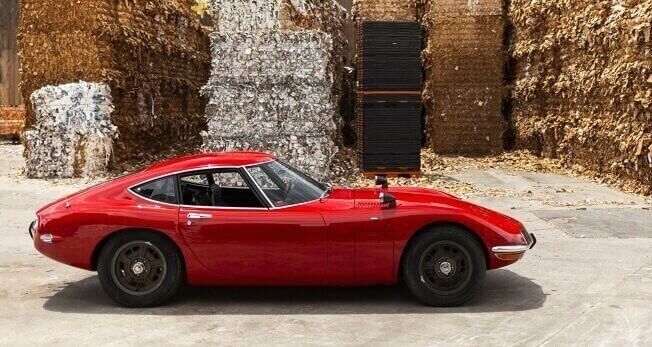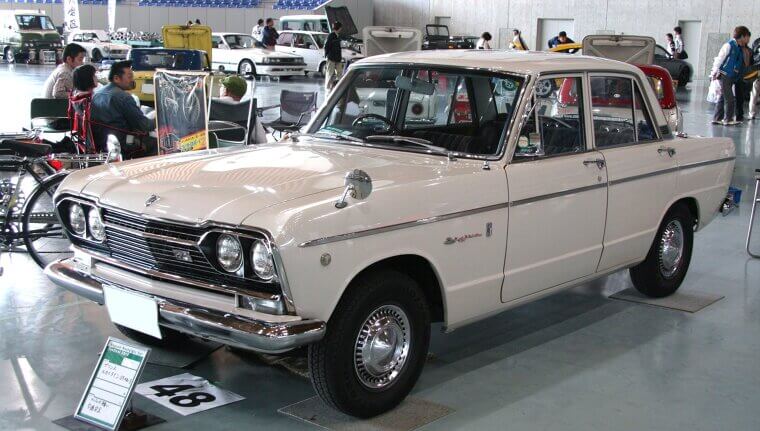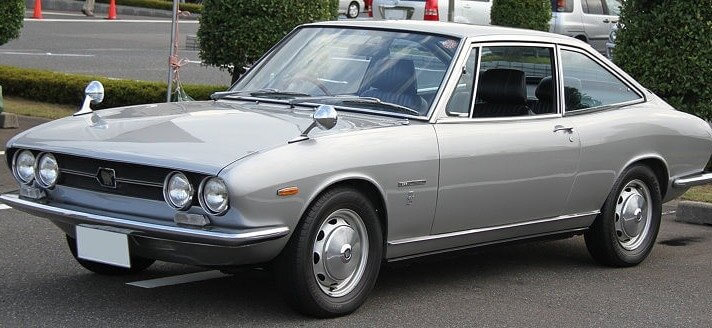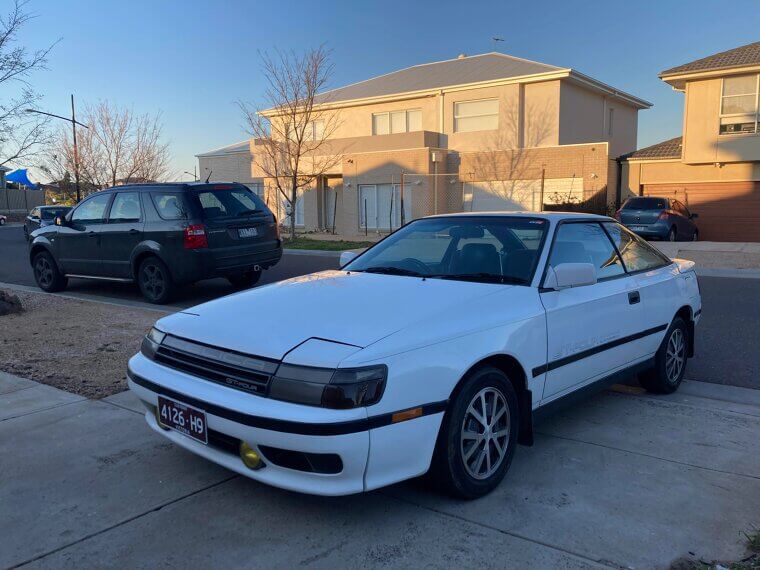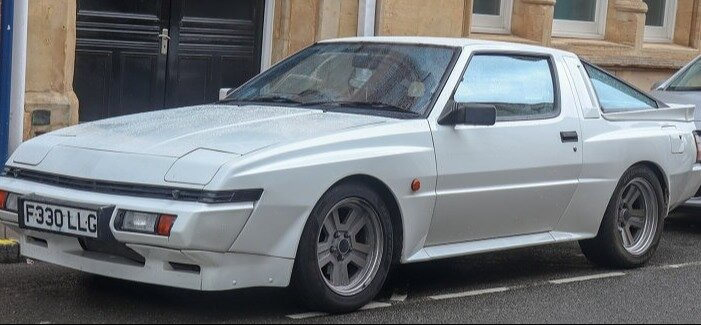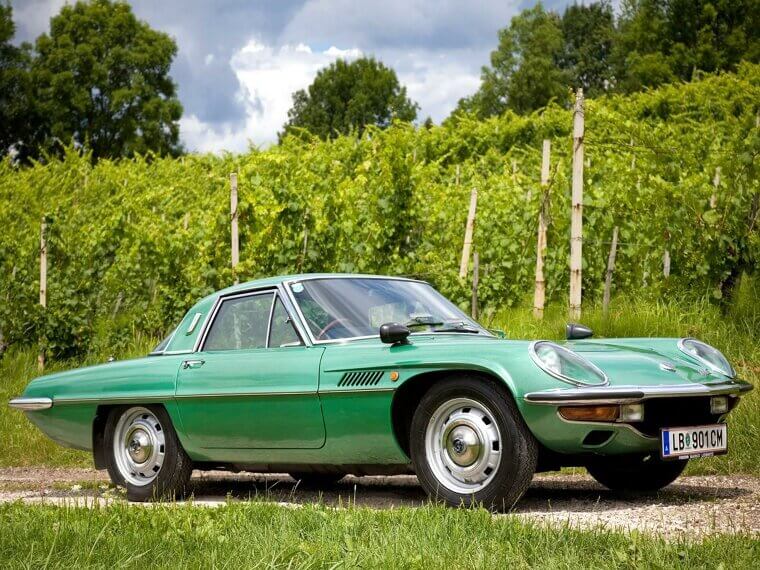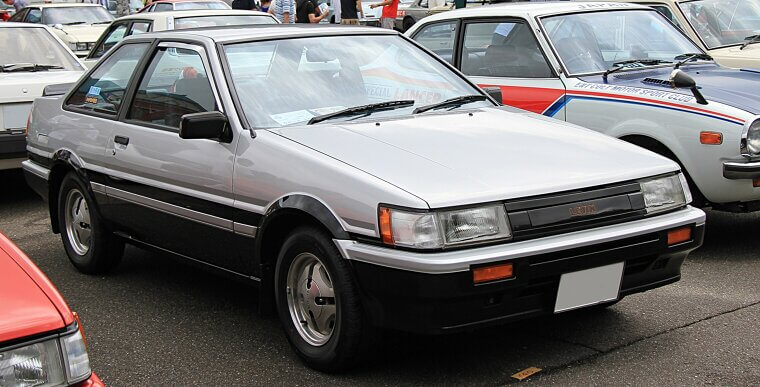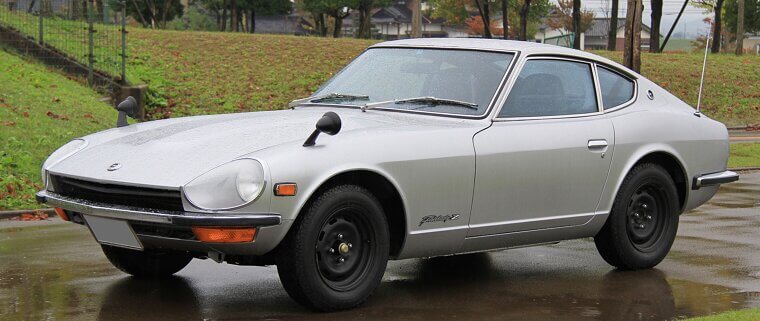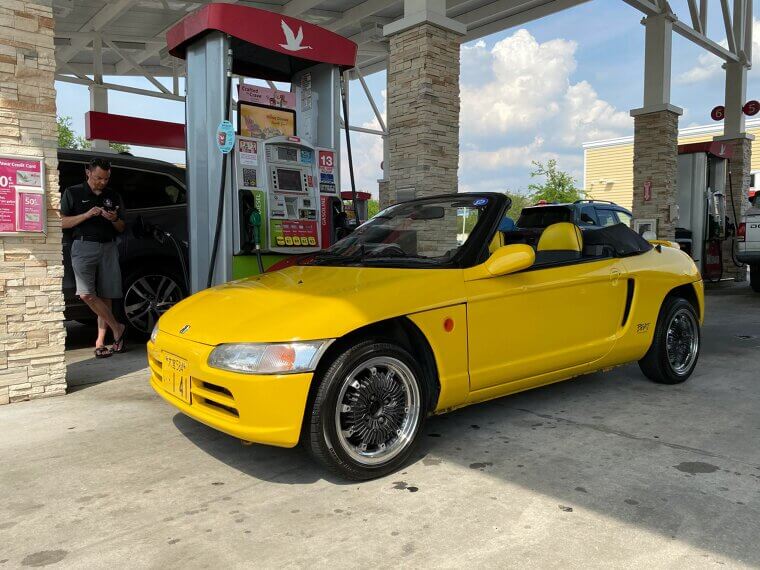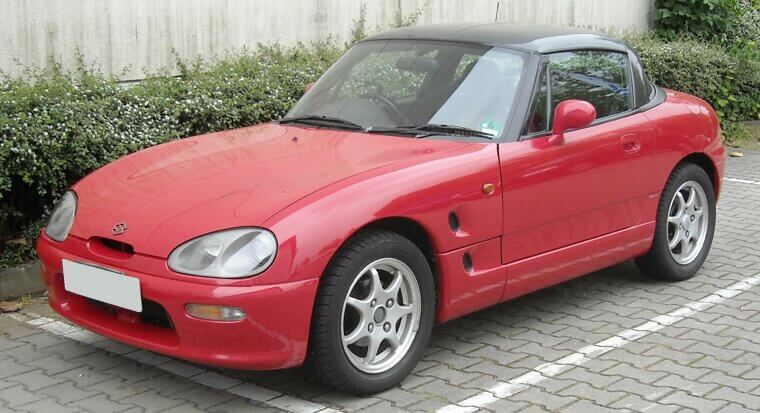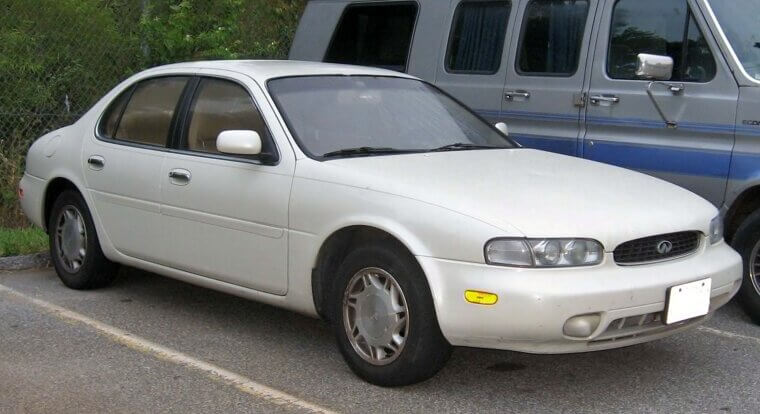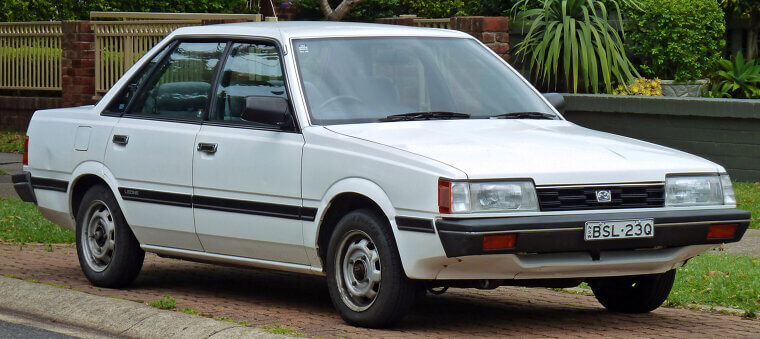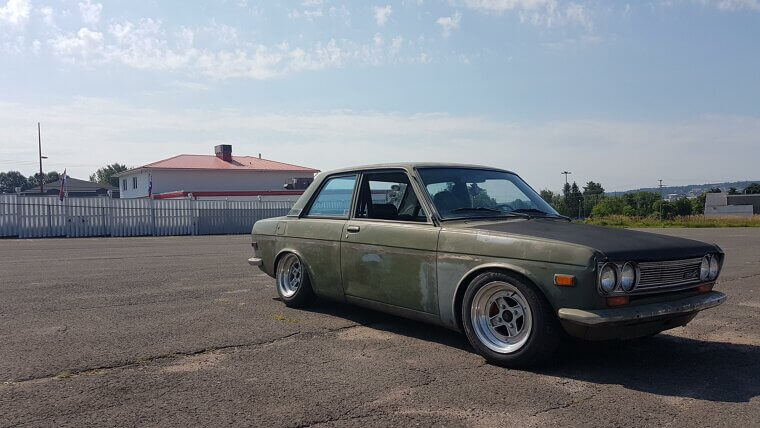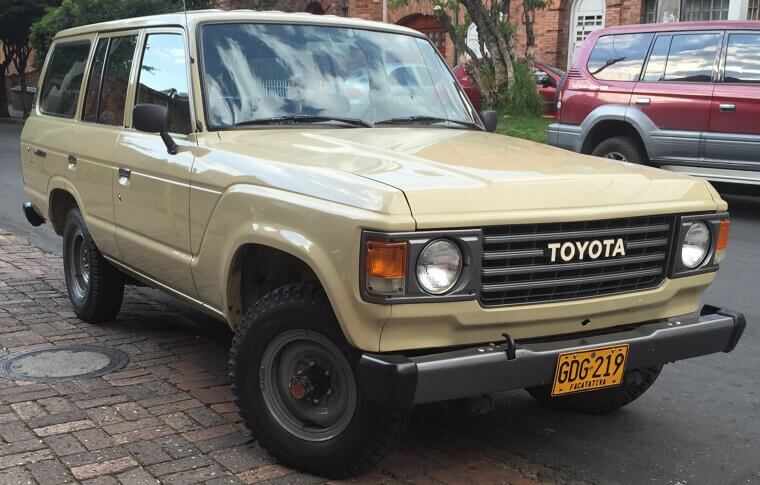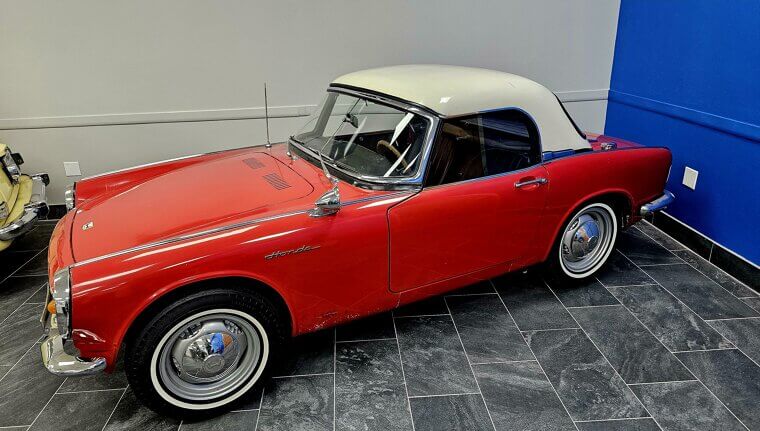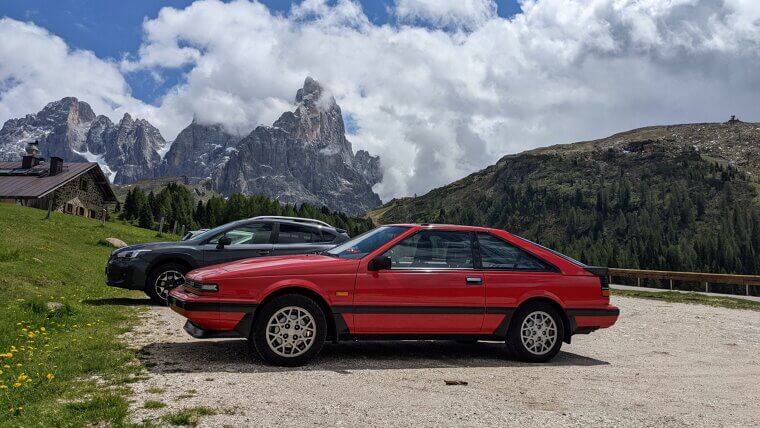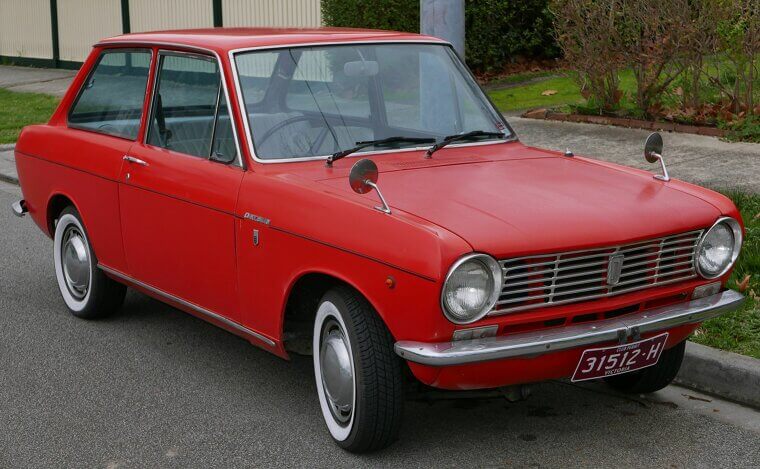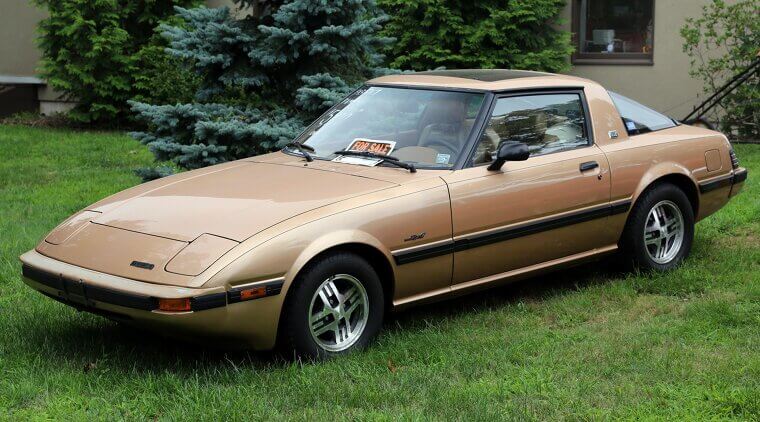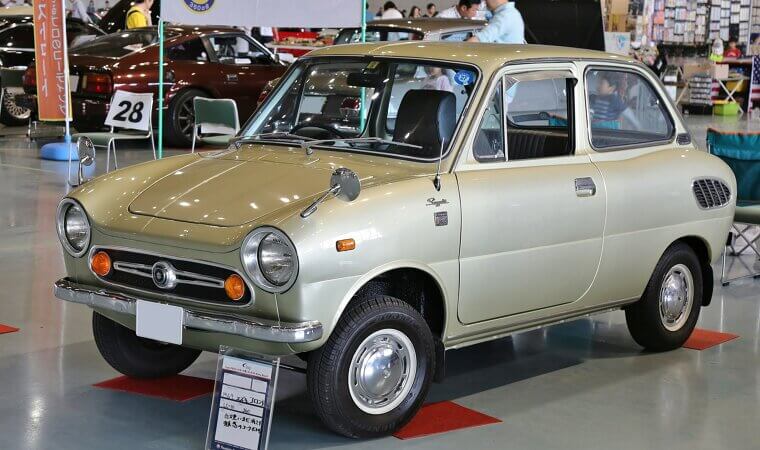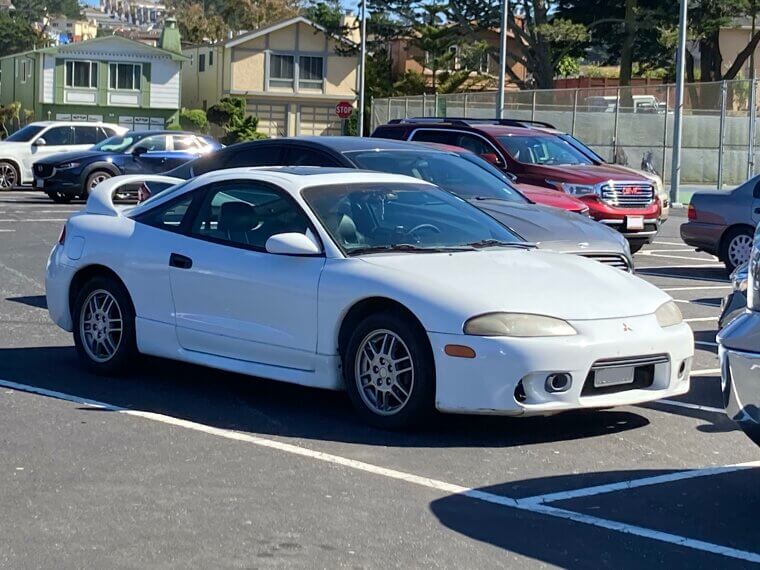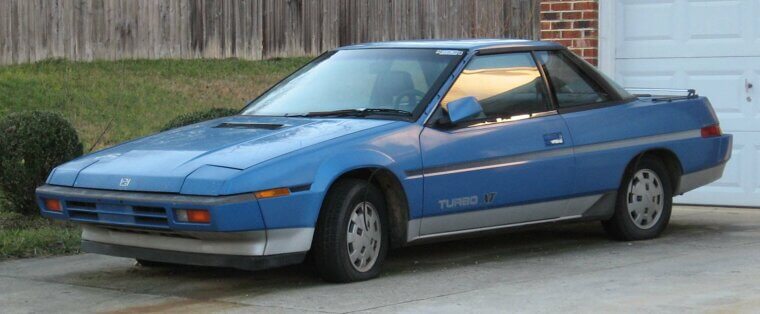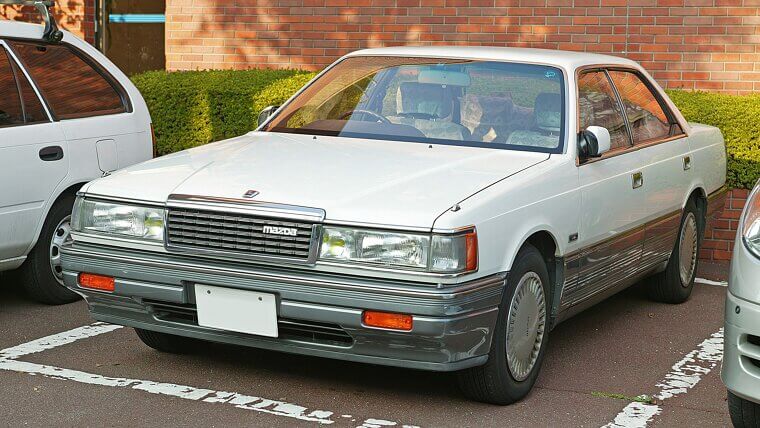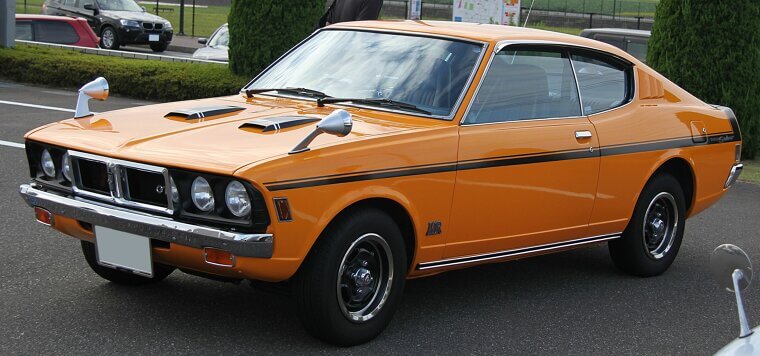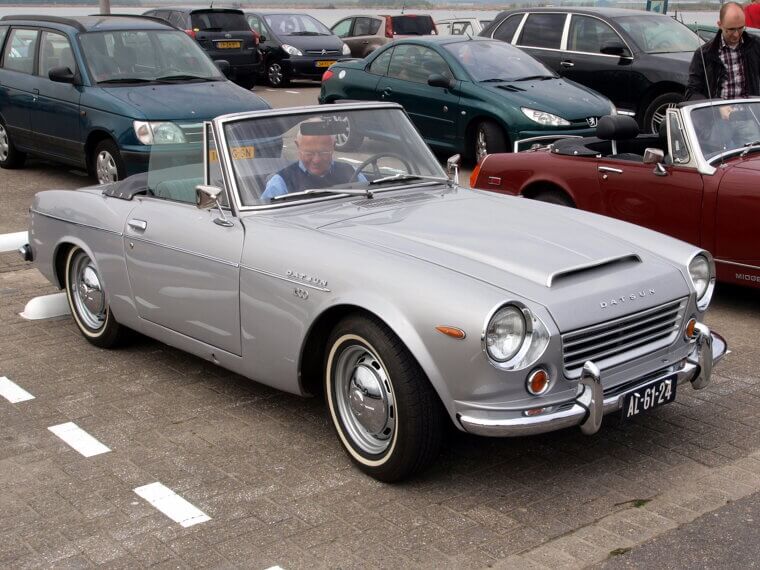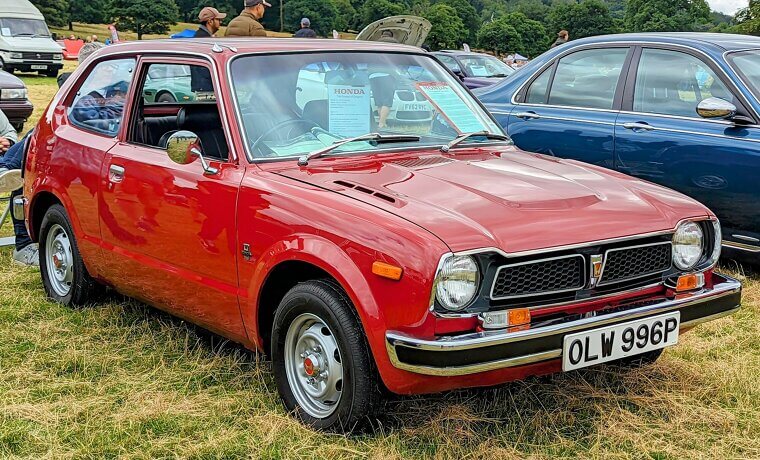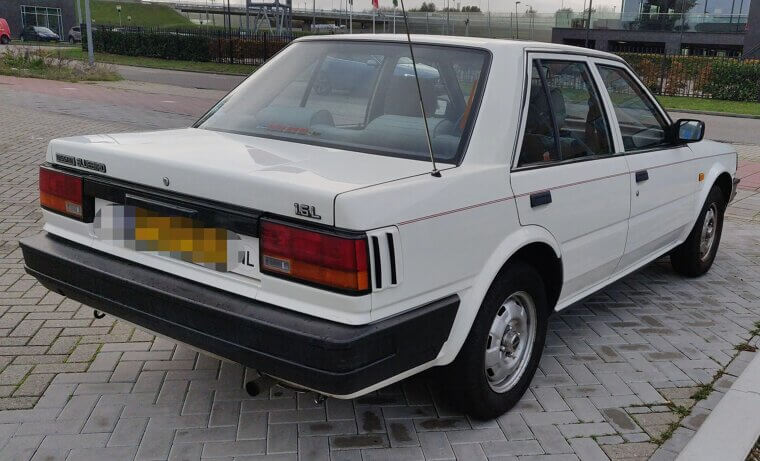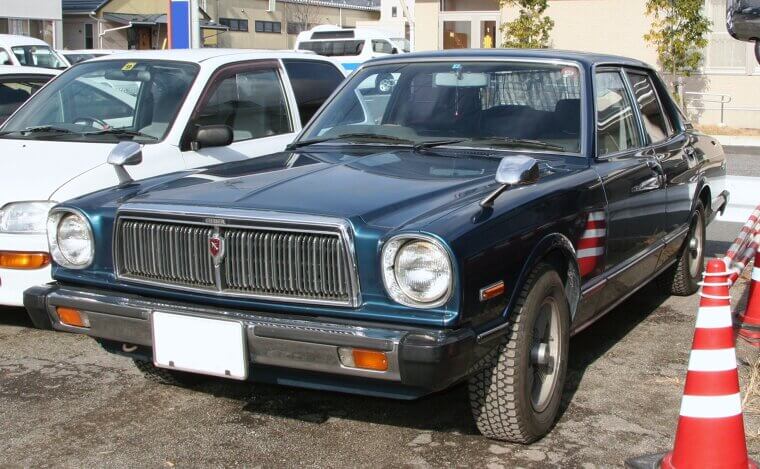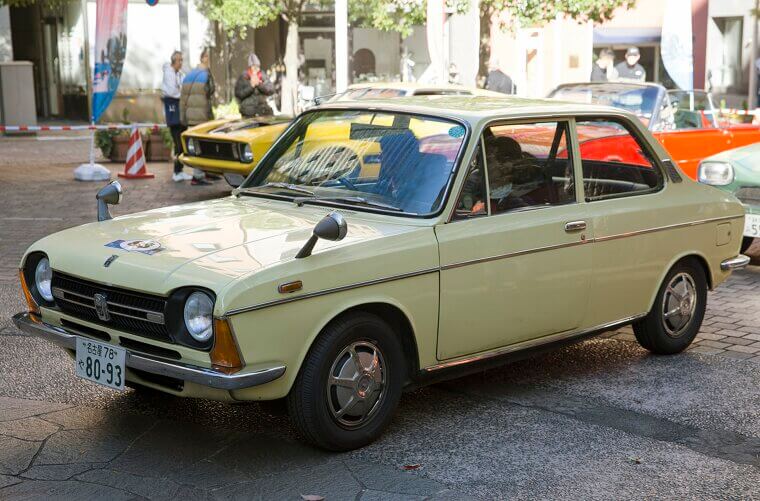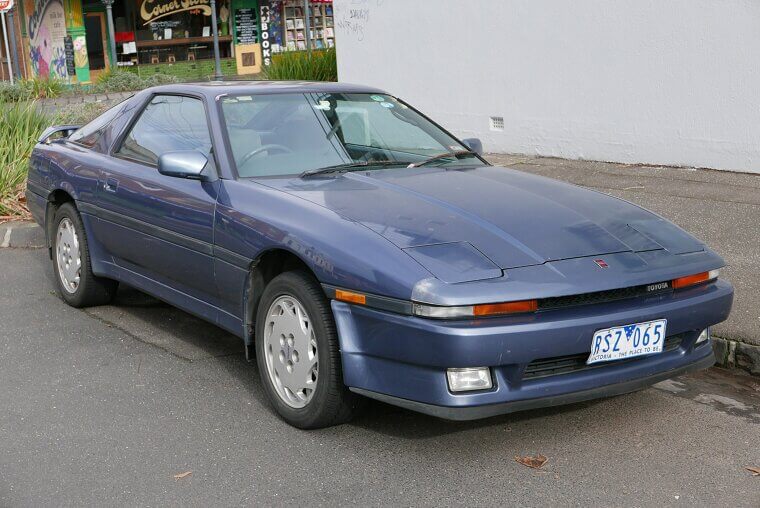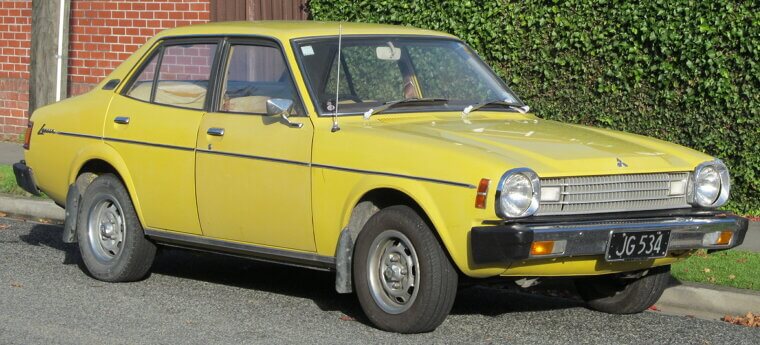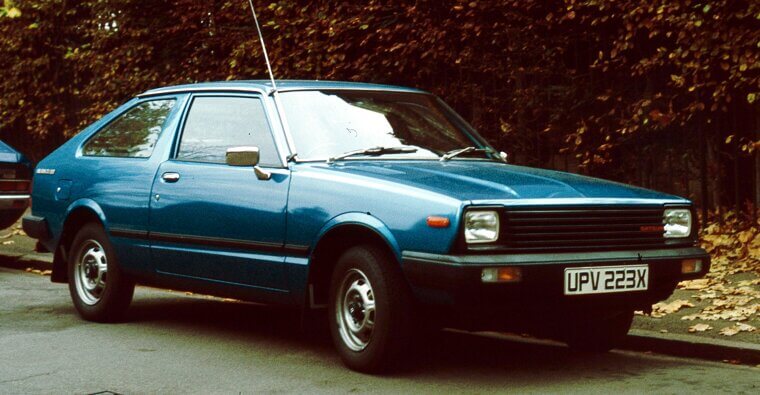Toyota 2000GT
The 1967 Toyota 2000GT is one of the most iconic Japanese vehicles ever created. It was a limited edition model that helped to revolutionize how the world viewed Japanese cars, thanks to its sleek grand tourer build, high-performance engine, and new technology. It’s now a collector’s dream, on par with the Porsche 911.
Nissan Skyline GT-R
The Skyline GT-R made such a huge impression on the Japanese automobile industry during its original 1969 production run that Nissan revived it twenty years later. It’s a high-performance sports car with excellent speed capabilities, and though it has been advanced over the years, the original remains a classic, thrilling ride.
Isuzu 117 Coupe
Coupes put performance before practicality, and that appeals to plenty of collectors. The Isuzu 117 Coupe was the first Japanese car to be created by an Italian designer, which is evident in its sleek exterior and high-end leather interior. It also has an impressive four-cylinder engine with plenty of power to enjoy.
Toyota Celica GT-Four
The Toyota Celica GT-Four has become widely sought after by keen car collectors, mostly due to its incredible racing history. It was created for the World Rally Championship in 1986, so it has excellent speed, steering, and handling, with an all-wheel drive design. Its distinctive look, featuring pop-up headlights, is also a huge selling point.
Mitsubishi Starion
The Mitsubishi Starion took the automobile world by storm in 1983, becoming one of Japan’s first performance vehicles with an electronic fuel injection system. This greatly enhanced its performance, making it smoother and more fuel-efficient. Though it’s a Japanese classic car, it’s quite rare nowadays, which makes it more valuable to collectors.
Mazda Cosmo
The Mazda Cosmo was inspired by the Space Race, with several revolutionary technological developments that made it an instant Japanese classic. Its rotary engine, in particular, was hugely influential, with high revs and effortless power delivery. With such a unique driving experience, it’s no wonder collectors love this car.
AE86 Toyota Corolla Levin
The Corolla is one of Toyota’s most popular current cars, but the AE86 Corolla Levin is one model that only collectors truly appreciate. Despite its small size, it offered a fun driving experience, particularly for adventurous drivers who wanted to try drifting. Its rear-wheel drive design and LSD gear train offer unlimited potential.
Nissan Fairlady Z
The Nissan S30, marketed as the Nissan Fairlady Z in Japan, was an attractive and affordable vehicle that many people loved. It was a powerful sports car with a sophisticated long design, and it forever changed people’s perceptions of Japanese cars as being boring and practical. Collectors remember its undeniable impact.
Honda Beat
The Honda Beat was not the manufacturer’s fastest car ever, but it had many great features to offer. It was a kei car, which means it was the smallest size that a vehicle could legally be for Japanese roads, with a compact roadster build. The non-powered steering and responsive handling were particularly big hits.
Suzuki Cappuccino
The Suzuki Cappuccino was another two-seater sports car designed with kei car requirements in mind. It was a light vehicle with remarkable power, thanks to a turbocharged, three-cylinder engine and rear-wheel drive. It also featured a stylish wraparound convertible roof. It was a fun little car that enthusiasts are now appreciating.
Infiniti J30
Also known as the Nissan Leopard J Ferie, the Infiniti J30 was one of the best mid-size sedans of the 1990s. It featured a new rounded exterior, which is believed to be one of the earlier versions of the four-door coupe that is so popular nowadays. It drove smoothly but with good power.
Subaru Leone
The Subaru Leone is another car that has flown under the radar for years but is finally receiving the attention it deserves. Fitted with the brand’s own EA boxer engine, it was an easy drive, with balanced handling and great stability for speed and cornering. It’s relatively cheap but still valuable to car collectors.
Datsun 510
After years of producing practical vehicles that were only fairly successful, the Datsun 510 was a game changer for Nissan. It was inspired by the classic European sedan style but featured a new L-series engine that gave the 510 much better power than its predecessors. Recently, it has become popular with collectors.
Mitsubishi Pajero
The Mitsubishi Pajero was manufactured over four generations across a 40-year period, cementing its place as one of the most recognizable old Japanese cars. It was the opposite of the common kei cars and sedans, with excellent off-road driving capabilities, a robust diesel engine, and plenty of cargo space for adventurous drivers.
Toyota Land Cruiser
The original Toyota Land Cruiser was launched back in 1951, and though it is still in production, the first-generation model has become a hit with collectors. The Japanese military actually requested that Toyota build a Jeep-style vehicle, as evidenced by the Land Cruiser’s truck chassis, mounted headlights, and four-wheel drive.
Honda S500
In 1963, Honda began production on its first-ever passenger car: the Honda S500. It took the high-tech engine of its predecessor, the S360, and put it into a 2-door roadster vehicle with modern four-wheel independent suspension. With its novel features and ambitious design, the Honda S500 is the perfect collector car.
Nissan Silvia S12
The Silvia S12 was one of Nissan’s earlier small sports cars that helped to inspire the brand’s later models. It came in two forms, hatchback, and coupe, with pop-up headlights, matte bumpers, and a bold honeycomb radiator grille. It also had excellent transmission, power, and handling.
Datsun Sunny
Exported as the “Datsun 1000”, the original Datsun Sunny was released back in 1966. There was a demand for more diverse commuting vehicles in Japan at the time, and the Sunny certainly fit the bill. It was attractive but practical, with an easy-to-repair design and simple handling that made it accessible to anyone.
Mazda RX-7
The Mazda RX-7 entered production in 1978 and spawned over 800,000 models throughout its lifetime. It featured a Wankel rotary engine, which ensured excellent power and smooth delivery, as well as a sporty design that appealed to car enthusiasts. It still holds that same charm with collectors today.
Suzuki Fronte
After successfully transitioning from motorcycle to car manufacturing, Suzuki soon produced the Fronte, which was a sedan version of the brand’s Suzulight van. It had a transversely mounted engine with four-wheel suspension and separate-cast cylinders. It was a successful passenger kei car that collectors are taking notice of again.
Honda Integra Type R
The old Honda Integra Type R has been called one of the best front-wheel-drive cars ever built, and that reputation is not unfounded. It had excellent speed capabilities to match its race car-inspired design, as well as sharp throttle and handling. Many collectors prefer the older models to the newer ones.
Mitsubishi Eclipse
The Mitsubishi Eclipse was one of the brand’s most successful forays into the sports car niche. It looked great and drove well, even before the later models incorporated front-wheel drive, which was why Mitsubishi named it after an unbeatable 18th-century racehorse. It was popular for its time but is achieving new popularity now.
Nissan Patrol
The original Nissan Patrol design was inspired by an American competitor: the Willy’s Jeep. It used an engine from a Nissan bus, which was crucial for providing enough power for the bulky vehicle. It was ideal for off-road driving, with a rough design that actually made it more durable on various types of terrain.
Toyota Sports 800
The Sports 800 was Toyota’s first-ever sports car, and it was a hit when it was first unveiled in 1962. It had both a small chassis and a small engine, so it achieved decent power with excellent fuel efficiency and endurance. It also featured a sporty removable roof panel and semi-convertible design.
Subaru XT Turbo
The Subaru XT Turbo was an interesting new addition to the market in 1985, with a wedge design that lent it amazing aerodynamism. It had several innovative features, including fold-down seats, a digital dashboard, a central locking system, and a great turbo engine. It’s a worthy collector car.
Mazda Luce
Designed by an Italian and assembled in Japan, it’s no wonder that the Mazda Luce is both sophisticated and capable. It utilized a new rotary engine inside a contemporary body, with a high roof and rear-wheel-drive design. This made it the perfect car to buy for a modern driving experience.
Mitsubishi Colt Galant GTO
The Mitsubishi Colt Galant GTO was an early Japanese answer to the American muscle car, taking inspiration from the Ford Mustang. It featured a long hood, rounded headlamps, and a ducktail rear, which gave it a slightly aggressive look, with the speed and handling to match. It remains a sought-after old Japanese car.
Datsun 1600 Roadster
The Datsun 1600 Roadster was a bold vehicle with a vintage car design that would tempt any dedicated car collector. As well as being sleek and stylish, the Datsun 1600 Roadster performed well, with good speed and mileage capabilities. Collectors are now starting to take notice of it.
Honda Civic
The Honda Civic is one of the most recognizable old Japanese cars, partly because it’s still in production. However, the older models started that legacy thanks to their excellent performance, efficiency, and reliability. It became Honda’s first car to find success in foreign markets, an achievement it retains to this day.
Nissan Bluebird
The Nissan Bluebird ruled the Japanese automobile market for almost 50 years, becoming the brand’s best-known sedan. It’s an old car that collectors are sure to know, with a reputation for being reliable, affordable, and ahead of its time. It was very well-built, with little maintenance required.
Toyota Chaser
The Toyota Chaser was another of the brand’s old cars that spawned a successful legacy that still appeals to collectors today. It was designed to be a luxury sports sedan with great features, including a brake system monitor, intermittent wipers, and a tilted steering wheel. It was an attractive and innovative car.
Subaru FF-1
The Subaru FF-1 was the first of Subaru’s cars to utilize a boxer engine, which provided plenty of turbo and balance, and it was one of Japan’s first-ever front-wheel-drive cars. It was smooth to drive, even in bad weather, and had one of the best early independent suspension systems.
Toyota Supra
The Toyota Supra was a car that certainly lived up to its name, which means “to surpass” in English. It was sporty, powerful, and very fun to drive. With proper care and maintenance, drivers could enjoy lengthy adventures and achieve impressive horsepower. The older models are now becoming collector favorites.
Mitsubishi Lancer
The Mitsubishi Lancer was designed to be the perfect mid-sized car that could fill the gap between tiny kei cars and larger vehicles. They also offered great value for money, with reliable engines and practical designs that consumers could trust. The older models deserve as much attention as the newer ones.
Nissan Cherry
In 1970, Nissan released its first-ever front-wheel drive car: the Nissan Cherry. It also featured four-wheel independent suspension and a unique suspension system, with a trendy, vintage design and spacious interior. It was an innovative yet reliable vehicle that is slowly gaining traction with modern collectors.

